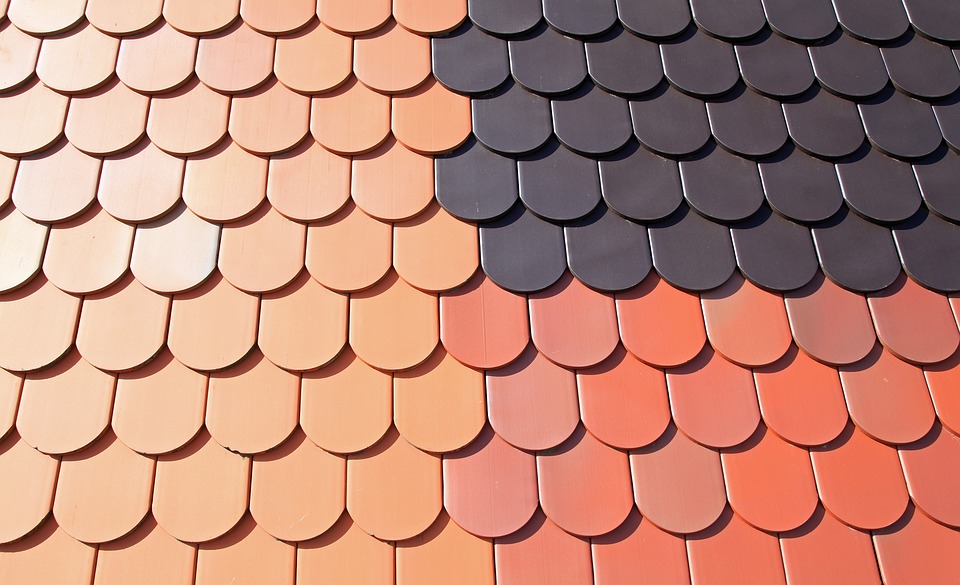The Ultimate Guide to Roofing: Everything You Need to Know
Introduction
Roofing is an essential aspect of any building, providing protection from the elements and ensuring the safety and comfort of its occupants. Whether you are a homeowner or a professional in the construction industry, understanding the fundamentals of roofing is crucial. In this comprehensive guide, we will explore everything you need to know about roofing, from the different types of roofs to the installation and maintenance processes.
Types of Roofs
Roofs come in various types, each with its unique characteristics and suitability for different environments. Understanding the different types of roofs can help you make an informed decision when it comes to choosing the right one for your building.
1. Pitched Roofs
Pitched roofs, also known as sloped roofs, are characterized by their steep angles. They are commonly found in residential buildings and are known for their excellent drainage capabilities. The two primary types of pitched roofs are gable roofs, which consist of two sloping sides that meet at a ridge, and hip roofs, which have slopes on all four sides.
2. Flat Roofs
Flat roofs, as the name suggests, have a minimal slope or no slope at all. They are commonly used in commercial buildings and can be covered with materials such as built-up roofing (BUR), modified bitumen, or single-ply membranes. Flat roofs require regular maintenance to prevent water pooling and ensure their longevity.
3. Mansard Roofs
Mansard roofs are characterized by their double slopes, with the lower slope being steeper than the upper slope. This style of roof provides additional living space in the attic and is commonly seen in French architectural designs.
4. Gambrel Roofs
Gambrel roofs resemble mansard roofs but have two slopes on each side instead of four. They are commonly found in barns and provide ample space for storage or living purposes.
Roofing Materials
The choice of roofing material plays a significant role in the durability, functionality, and aesthetic appeal of your roof. Here are some common roofing materials:
1. Asphalt Shingles
Asphalt shingles are the most popular roofing material for residential buildings due to their affordability and ease of installation. They come in various colors and styles, making them a versatile choice for homeowners.
2. Metal Roofing
Metal roofing offers excellent durability and longevity, often lasting up to 50 years or more. It is resistant to fire, rot, and insects, making it a popular choice for both residential and commercial buildings.
3. Clay or Concrete Tiles
Clay or concrete tiles are known for their aesthetic appeal and durability. They can withstand harsh weather conditions and provide excellent insulation. However, they are heavier than other roofing materials and require proper structural support.
4. Wood Shingles or Shakes
Wood shingles or shakes offer a natural and rustic look to a building. They are eco-friendly, provide good insulation, and can last for several decades with proper maintenance. However, they are susceptible to fire and may require treatment to improve their fire resistance.
Roof Installation and Maintenance
Proper installation and regular maintenance are crucial for the longevity and performance of your roof. Hiring a professional roofing contractor is highly recommended to ensure the installation is done correctly and to avoid any potential issues in the future.
During the installation process, the roofing contractor will assess the structural integrity of the roof, remove the old roofing material if necessary, and install the new roof according to the manufacturer’s guidelines. They will also ensure proper insulation and ventilation to prevent moisture buildup and potential damage.
Regular maintenance, such as cleaning gutters, inspecting for leaks or damages, and removing debris, is essential to prolong the lifespan of your roof. It is also recommended to schedule professional inspections at least once a year to identify any potential issues and address them promptly.
FAQs (Frequently Asked Questions)
1. How long does a typical roof last?
The lifespan of a roof depends on various factors, including the type of material used, climate conditions, and maintenance. On average, asphalt shingle roofs can last between 20 to 30 years, while metal roofs can last 50 years or more.
2. Can I install a new roof over an existing one?
In some cases, it is possible to install a new roof over an existing one. However, it is essential to consult with a professional roofing contractor to assess the structural integrity and determine if it is feasible. Keep in mind that adding multiple layers of roofing material can add weight to the structure and may require additional reinforcement.
3. How often should I clean my gutters?
Gutters should be cleaned at least twice a year, ideally in the spring and fall. However, if you have trees near your property, it may be necessary to clean them more frequently to prevent clogging and water damage.
4. Is roof maintenance necessary?
Yes, regular roof maintenance is essential to identify and address any potential issues before they escalate. It helps prolong the lifespan of your roof and ensures its optimal performance throughout its lifespan.
For more detailed information and professional advice on roofing, you can visit www.roofingexpert.com or www.roofingguide.com.






